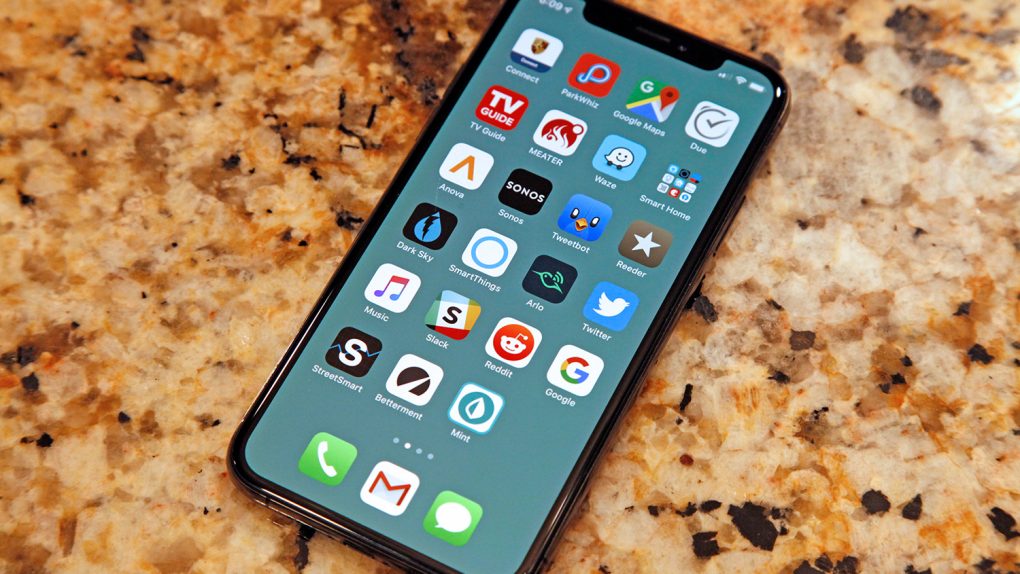The chorus of reports regarding a drop in iPhone orders continues to grow louder. While we previously saw reports claiming that Apple recently slashed its orders for the iPhone XR amidst lower than anticipated demand, The Wall Street Journal is now reporting that Apple in recent weeks told its manufacturing partners to trim orders across all models of its 2018 iPhone lineup.
Now is this a reason to panic or a serious cause for concern? Truthfully, it’s too soon to tell. As the Journal casually suggests, the issue may not solely be related to a sudden drop in demand as much as it may center on the inherent difficulty involved with predicting demand for three brand new devices. Recall, Apple’s 2018 iPhone lineup is the most varied lineup from the company we’ve ever seen.
The report reads in part:
Lower-than-expected demand for Apple Inc.’s new iPhones and the company’s decision to offer more models have created turmoil along its supply chain and made it harder to predict the number of components and handsets it needs, people familiar with the situation say.
iPhone sales notwithstanding, one of the bigger pieces of the puzzle that is bizarrely overlooked involves Apple’s ability to increase revenue and profits even in the face of stagnating iPhone sales. During the company’s September quarter, for example, iPhone sales remained steady year-over-year while iPhone-based revenue jumped by an impressive 29%. At the end of the day, Apple’s ability to turn a profit should supersede unit sales of any one particular device.
What’s more, it’s no secret that Apple routinely relies upon multiple suppliers for iPhone components. Consequently, focusing on any single report involving a drop in orders may not paint an entirely complete picture. As Ben Bajarin recently pointed out, it’s not uncommon to see one Apple supplier report a huge upswing in orders in one quarter “and in the same quarter, another supplier will suggest a decline.”
Tim Cook touched on this topic himself just a few years ago.
“The supply chain is very complex and we have multiple sources for things,” Cook explained. “Yields can vary, supplier performance can vary. There is an inordinate long list of things that can make any single data point not a great proxy for what is going on.”
That notwithstanding, Apple shares have predictably fallen dramatically over the past few weeks. Though the stock had eclipsed $230 just a few weeks ago, it’s now trading at around $188 per share.
Incidentally, it’s worth pointing out that Apple during its last earnings conference call revealed that it will no longer be reporting unit sales for the iPhone. The decision was naturally viewed by many as a sign that Apple no longer wants the vibrancy of its business to be measured solely by quarterly iPhone sales.








